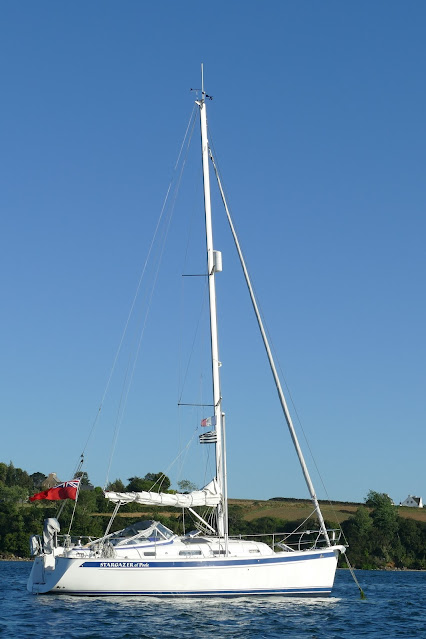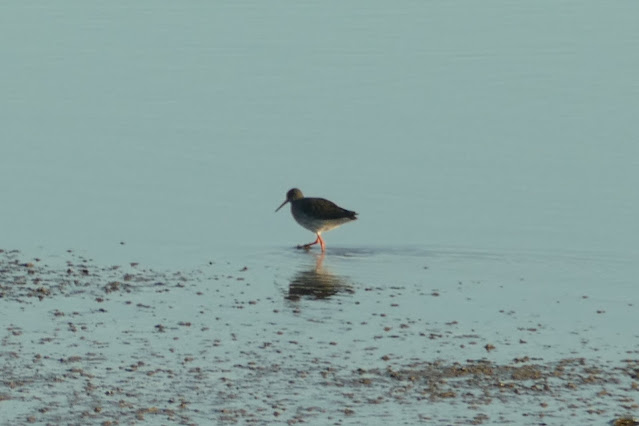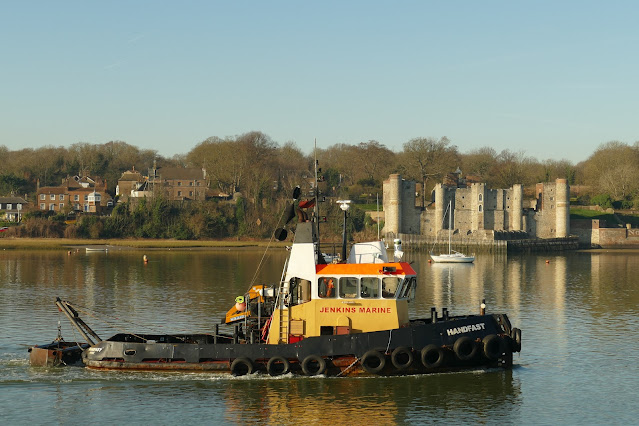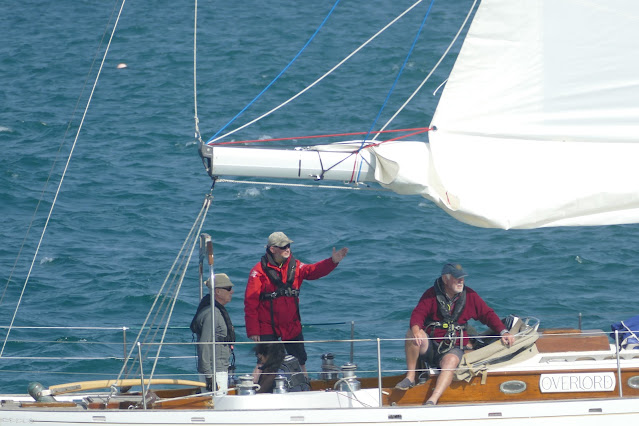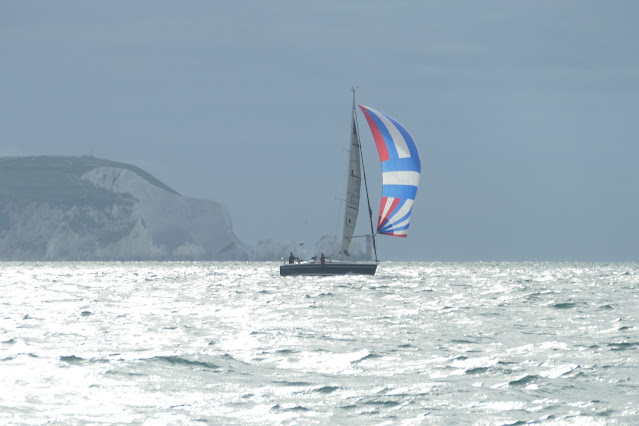The wheel of life is come full circle, for the paddle steamer Medway Queen. Built, between the wars, to entertain London holidaymakers, with river trips. When hostilities broke out, she found herself pressed into service. First as a mine sweeper. Then, in the flotilla of Little Ships, rescuing embattled soldiers from the Normandy beaches.
After the armistice, she returned, like the troops, to an uncertain civilian future. Demobbed, with a full refit, she resumed her former trade. Shuttling tourists between the Medway, Herne Bay and Southend-on-Sea. Inexorably trade dwindled. Customers lured away, by affordable package holidays on the Spanish Costa's. No longer able to pay her way, the Medway Queen found herself ignominiously relegated to the role of floating night club, on the Isle of Wight's Medina river.
Worse was to follow. An eventual return to the Medway ended calamitously. Derelict, the Medway Queen sank, at her mooring on Chatham's Sun Pier, awaiting renovation.
Refloated, her bilges filled with concrete, in order to waterproof the rust perforated hull plating, she languished on a mud berth, in Damhead Creek, on the Isle of Grain. Volunteers, from the Medway Queen Preservation society, devoted their weekends to staunching her wounds. But the sheer scale of the task overwhelmed their enthusiastic endeavours.
A Heritage Lottery Fund grant saved the day. Funding a full, five year, hull rebuild, in Bristol.
Following which, the Medway Queen returned to her home river and, supported by a European Union (EU) grant, opened to the public from a berth on Gillingham Pier. The ticket proceeds funding further works, completed over the past year, by the specialist steel boat shipwrights of Ramsgate harbour.
In the second week of January, the Medway Queen is relaunched. Leaving Ramsgate under tow by tugs Christine and Nipashore. One ahead. One astern. The seas are calm. The tide fair. A shaft of symbolic winter sun breaks through the grey cloud, lending her fresh paintwork an ethereal lustre.
The three ship convoy winds its way, around North Foreland, and into the lower reaches of the Medway.
Up past the church spire at Hoo, to Gillingham Pier. Full circle. Almost. Back home, sound in wind and limb, but unable to carry sightseers on river excursions.
The extent of her Bristol hull rebuild means that the Medway Queen is classed, by the Department of Transport (DoT), as a new vessel. A high bar on which her Passenger Licence application has foundered. The single skin, riveted plate, construction cannot meet modern safety regulations. As her sinking at Sun Pier demonstrated, a failed rivet, or sprung plate, may lead to the loss of the ship. Her maximum legal compliment is therefore capped at twelve, passengers and crew.
Denied a DoT Passenger Licence. Cut off from EU financing. The Medway Queen must find a new role in life. The indefatigable volunteers of the Preservation Society battle on with her restoration. Their most pressing task, to replace interior and deck fittings taken ashore, for renovation, last summer.
What does the future hold for the Medway Queen, if she may no longer treat trippers to the delights of a day on the water?
Rumours abound, of a more prominent, higher footfall, berth. Perhaps as the floating centre piece for a housing development, proposed once Gillingham Docks close in 2025. Or in Dockyard Basin Number 2, at the heart of the existing St Mary's Island residential area, alongside the Watersports Academy. Or as an exhibit within Chatham’s Historic Naval Dockyard.
Link
Picture Credits
5. Aerial photograph of Medway Queen on Ramsgate slip. Andy Gutsell
6. Painting of Medway Queen leaving Ramsgate harbour. David Stearne
1,2,3,4,7,8,9, 8, 9, 10, 11 Me










